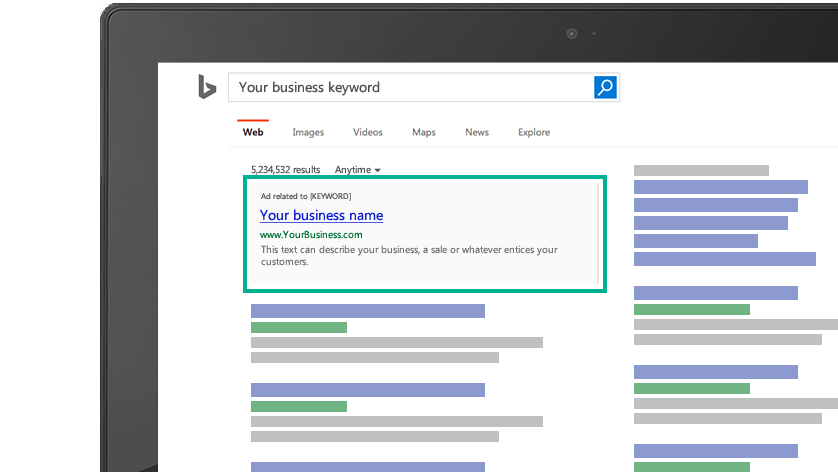Bing Ads multiple language targeting: What you need to know
- Spicy Support

- Feb 17, 2019
- 3 min read
There are important nuances to ensuring your ads reach users in the languages they understand.

Bing Ads has issued additional guidance for advertisers that want to target multi-lingual users who may search in multiple languages.
Why you should care. Multiple language targeting at the campaign level launched in October, bringing it in line with Google Ads. That means language targets can be included when importing Google campaigns into Bing. Previously, language targeting in Bing Ads was only available at the ad group level.
We covered the basics of setting up this targeting when Bing Ads announced the change, but there are some subtle details that Bing Ads laid out on Monday that are key to being successful with campaign language targeting.
All language setting. If you want to reach language speakers of all types in the countries you’re targeting, the simplest option is to choose the All language setting and then choose your location targets. If you only want to serve ads to English speakers, for example, in certain cases, you may want to take the approach laid out next.
Language targeting determines country targeting. This is key to remember. Bing maps languages to countries. Say you want to target ads to English speaking users in Germany, Austria and Switzerland, for example. Those three countries map to the German language setting. Selecting just German will target those countries, but your ads and keywords would need to be in German. To target English speakers in those countries, you would need to select both German and English languages.
The German language targeting ensures you’re targeting the countries of Germany, Austria and Switzerland.
The English language targeting ensures you’re reaching users in those countries who are searching in English.
If you only selected English as the language, you’re ads would only show in Germany, which is among the countries mapped to English, but you’d miss Austria and Switzerland.
Pair language targeting with location targeting. There’s a complication with the scenario above, however.
Adding English, means your campaign will also target all of these countries that map to English: United States, Canada, United Kingdom, Ireland, Australia, New Zealand, France, Germany, India, Thailand, Vietnam, Malaysia, Singapore, Indonesia, Philippines.
You’ll need to use Location targeting (help page here) to narrow your targeting to the three countries you want to reach.
You’ll find the language-to-country mapping under the drop down at the bottom of this help page.
Bing does not translate ads. If you write your ads in English and target German and English speakers, Bing will not translate and show those ads into German. You will need to write ads in both languages.
Ad group settings override campaign settings. It is still possible to set language targets at the ad group level. These settings will override what’s set at the campaign level. If you want your ad groups to use the same geographical targeting as the campaign, be sure to select the Use the campaign settings option in your ads groups.
Keywords and ads language must match. If you’re ads are in English, for example, your keywords must also be in English. Otherwise, your ads may be penalized for not being relevant to the user.
Brand names, common words caveat. There are many words that are the same in multiple languages, including brand names. This poses a problem when a user searches for a word such as “hotel” and gets an ad that isn’t written in her native language. For this reason, Bing Ads recommends brand and words that have cross-over be put in campaigns set to target only the language of the intended audience.
Spicy Result provides a results before you pay model. You only start to pay for our service once you get results.
Contact Spicy Result today on 0161 660 9762 or email info@spicyresult.com

Comments